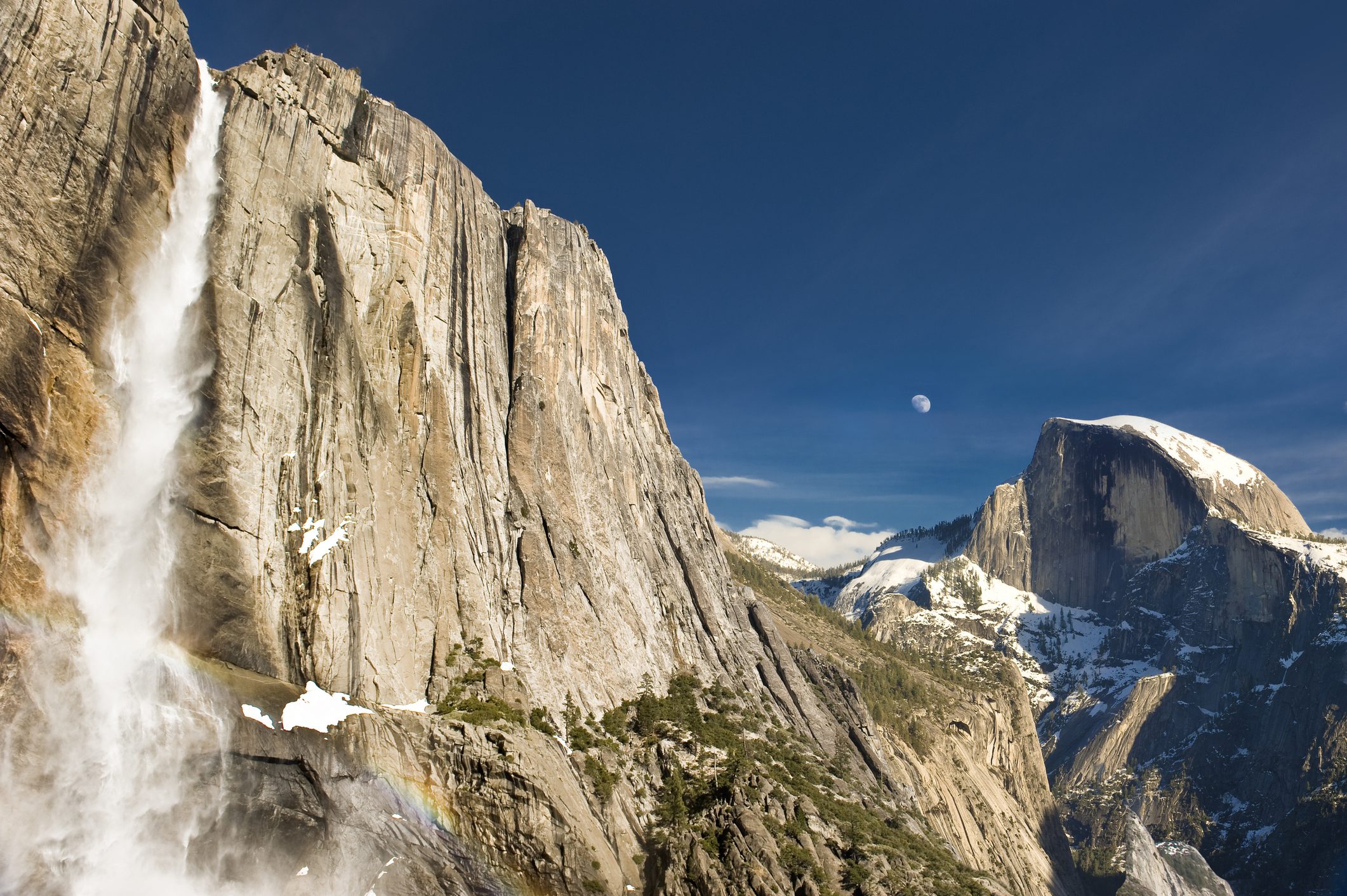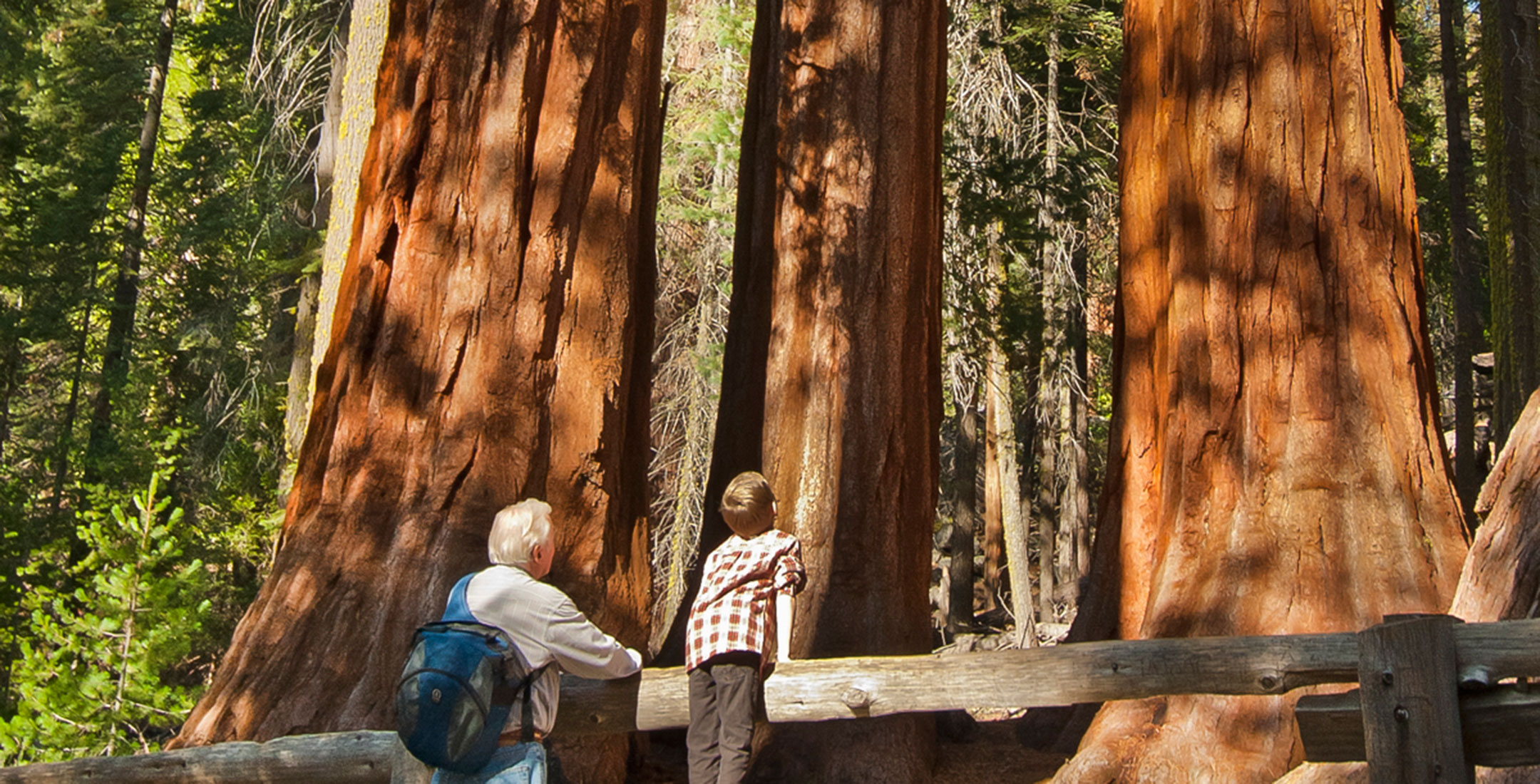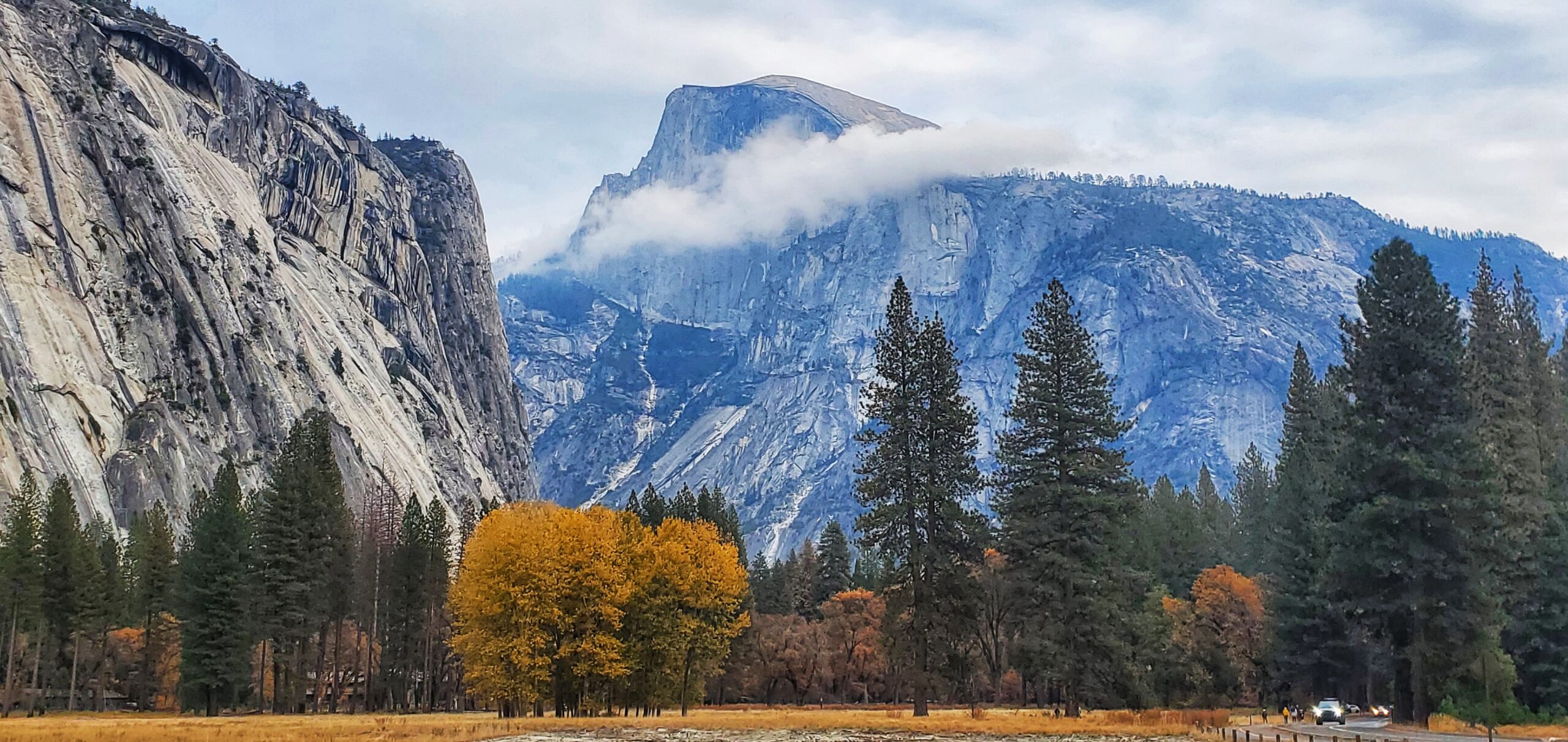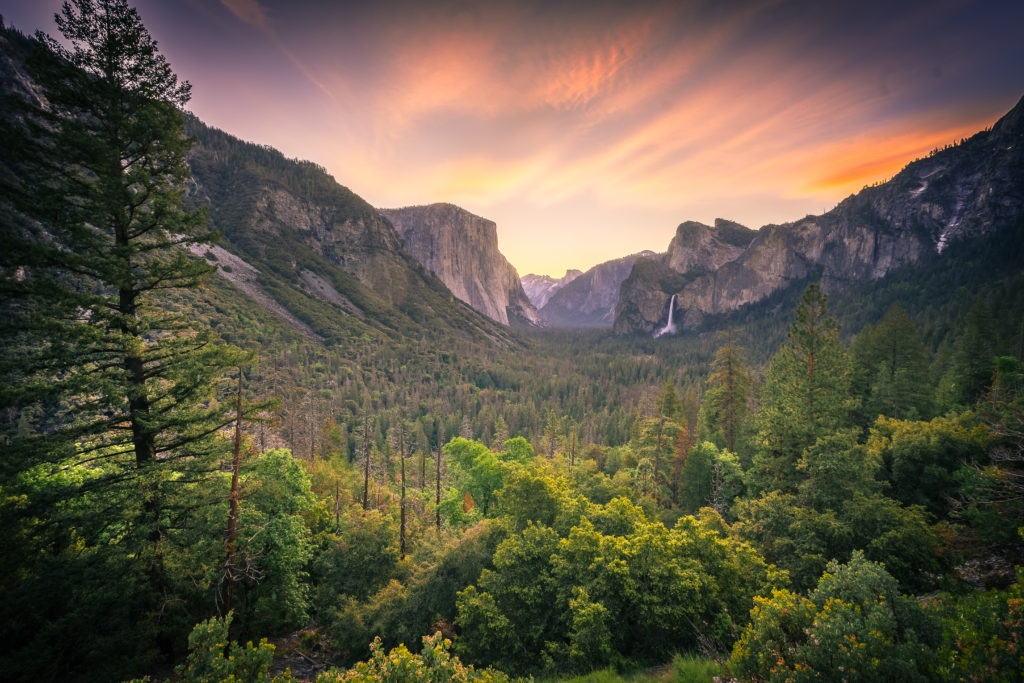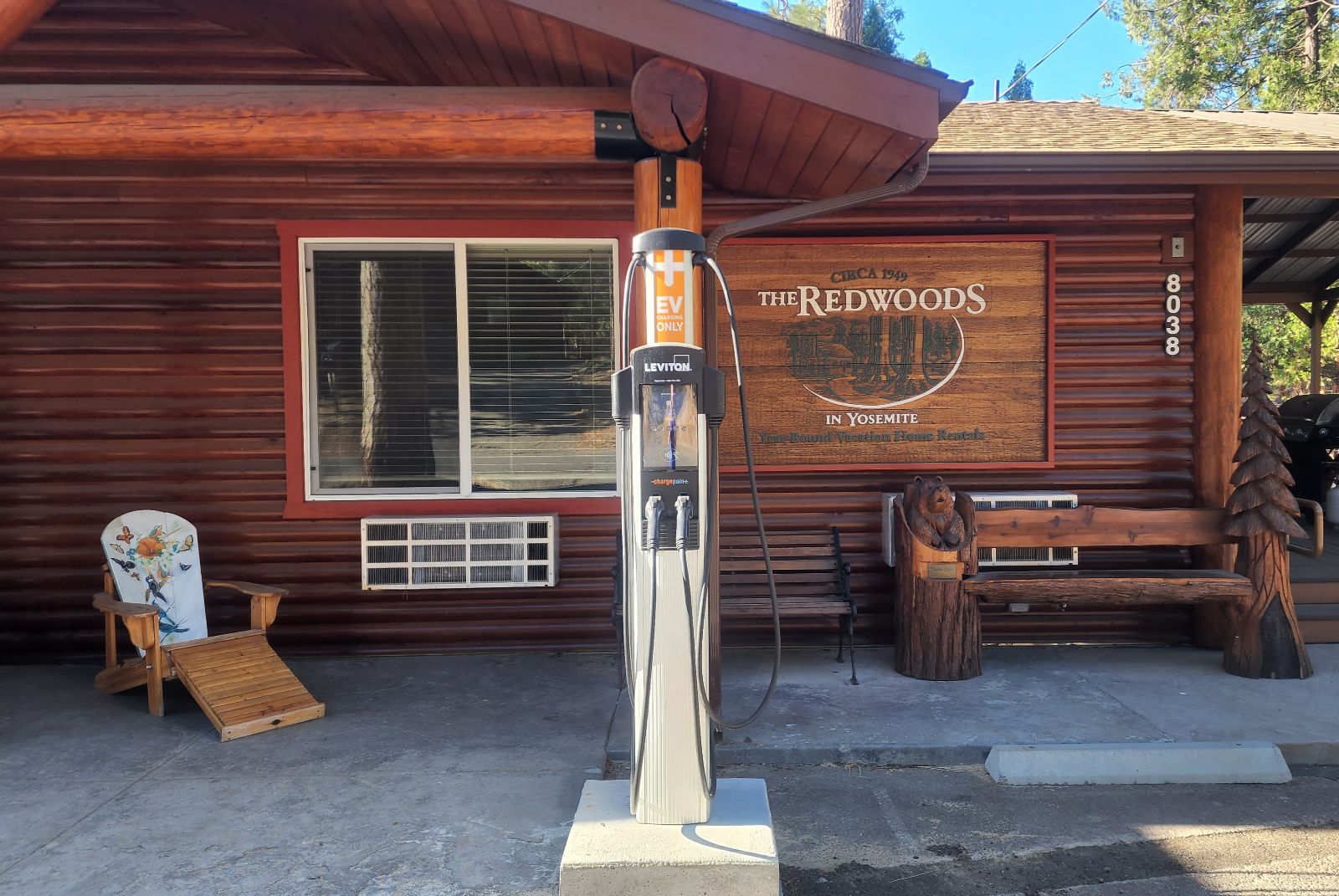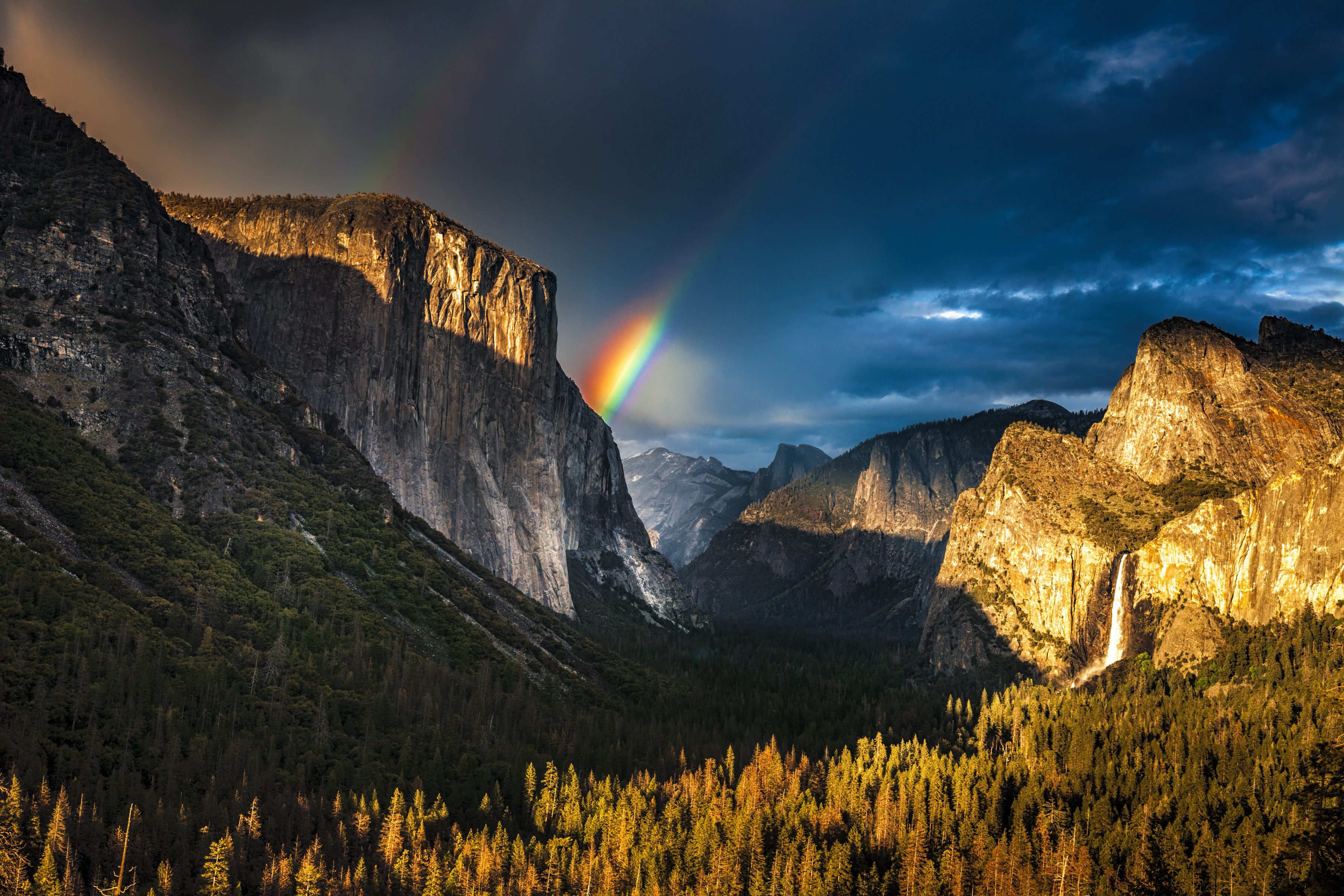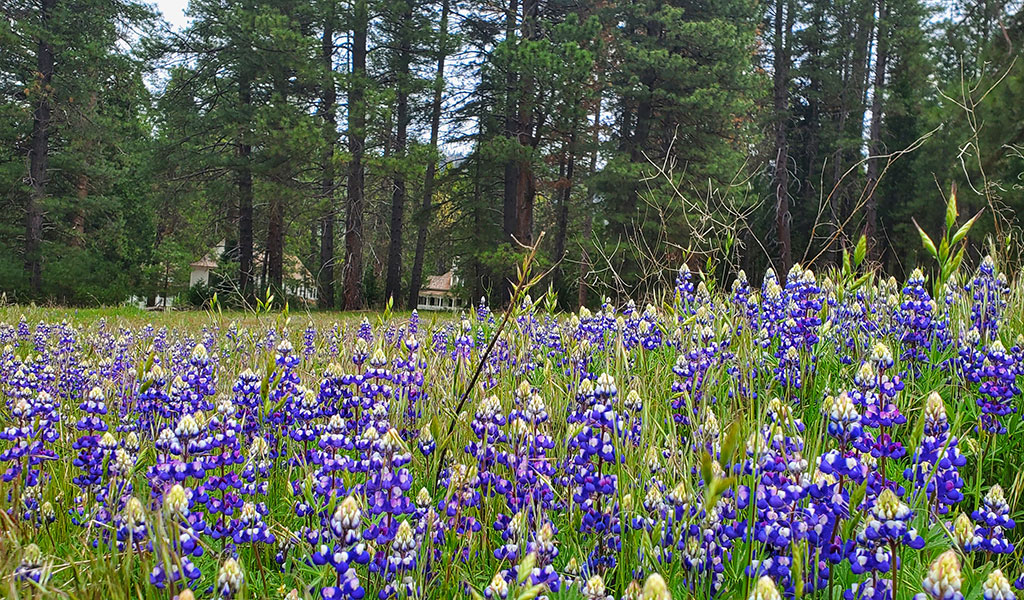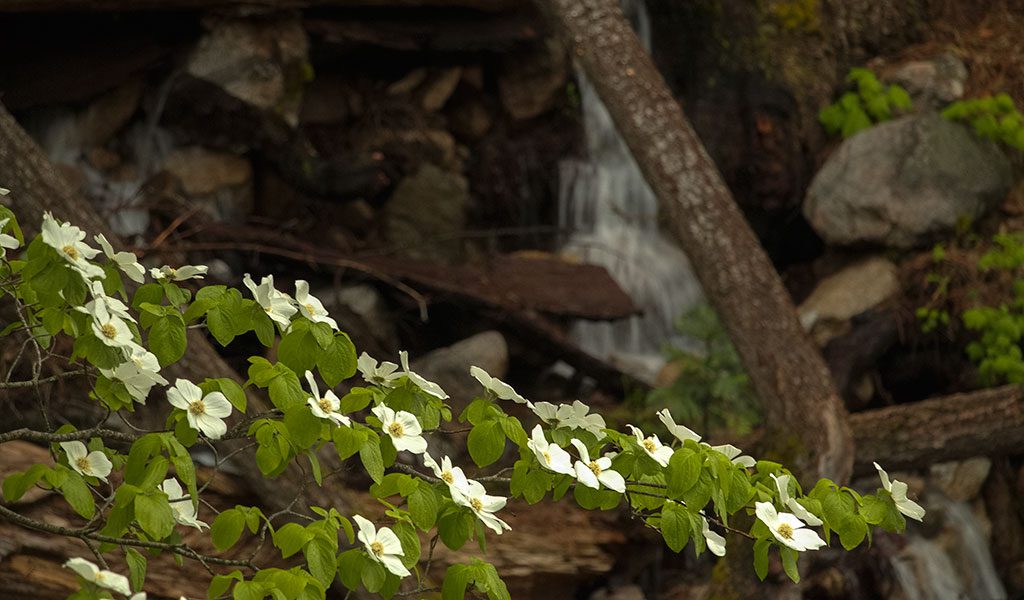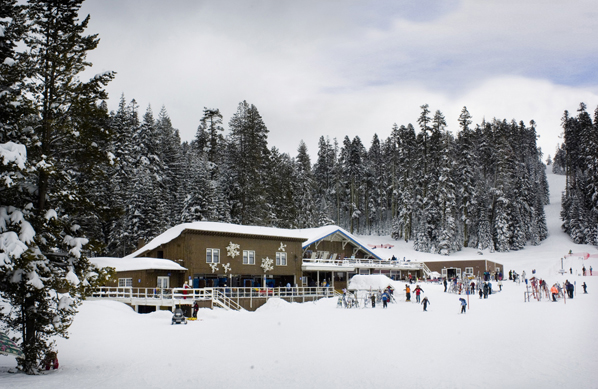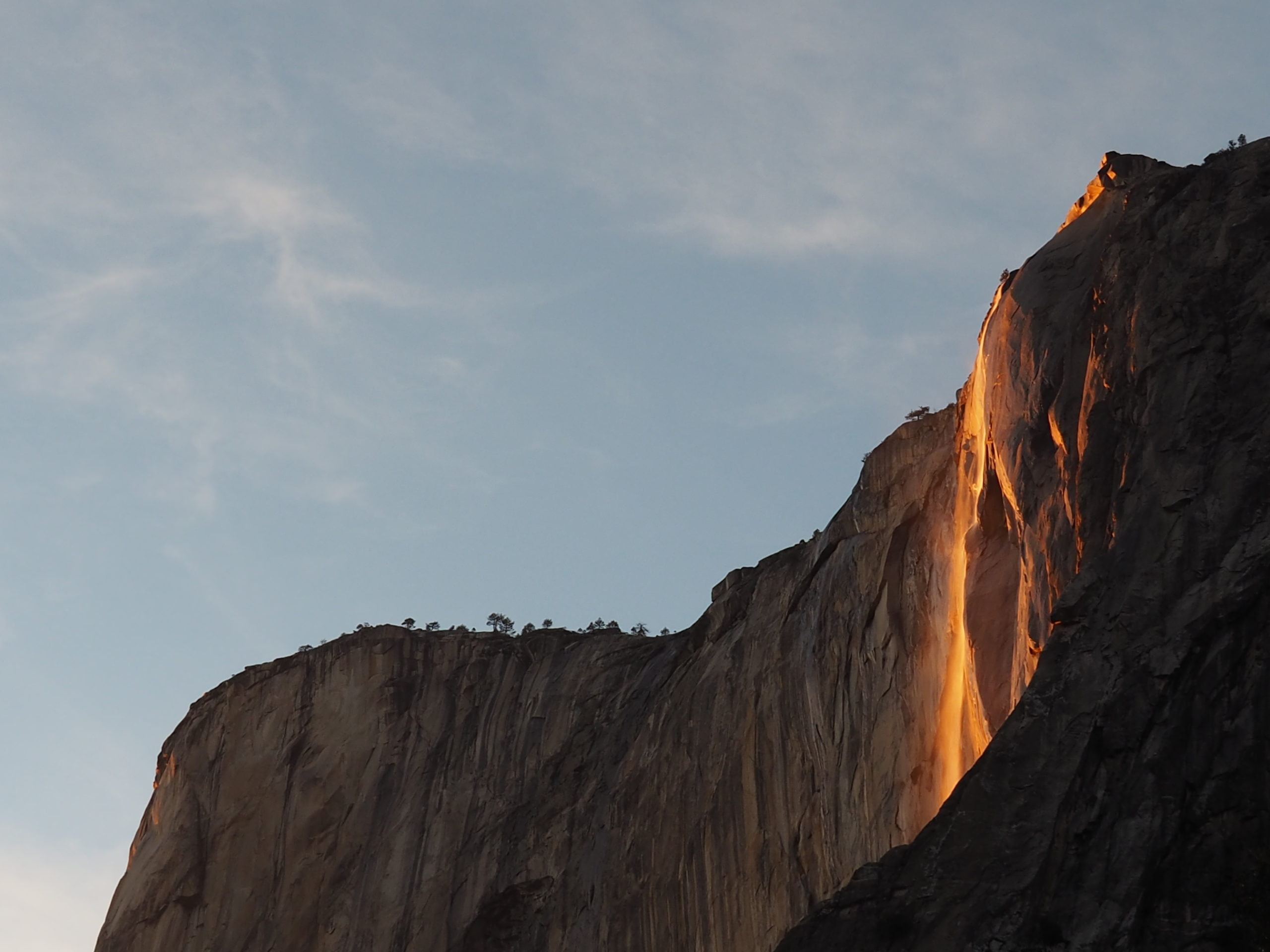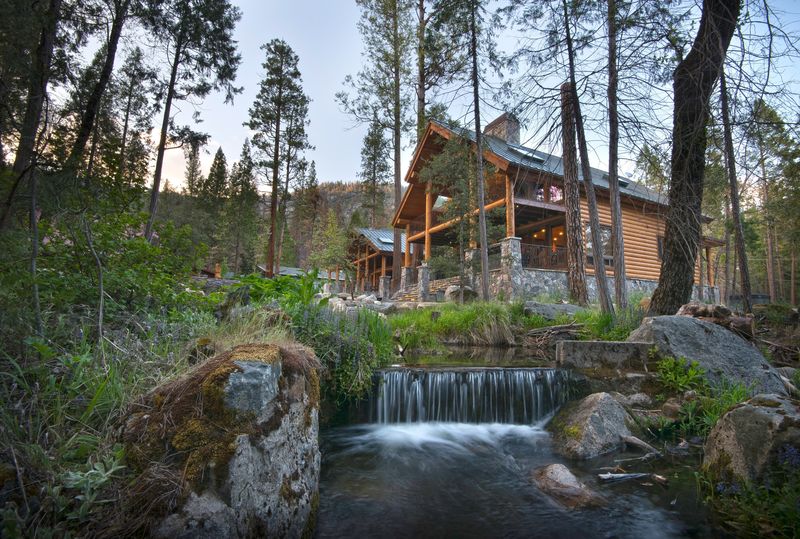Psst! Are you looking for a quiet, back-to-nature visit to Yosemite National Park during an ideal time to visit the park, but without many people? Lean in – we’re about to share a surprising secret. Visit in the second half of August. Yes, you read that right. Here’s why. Traditionally, Labor Day marks the end of peak summer visitation as kids return to school. However, schools are starting earlier than...

